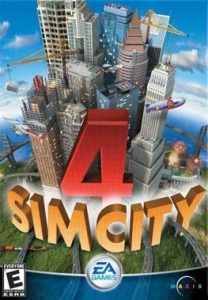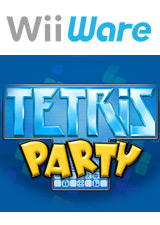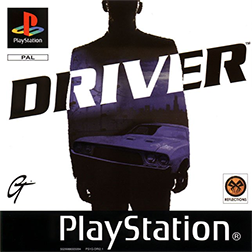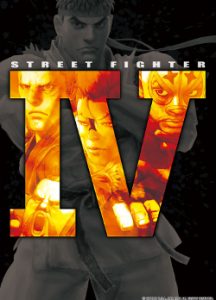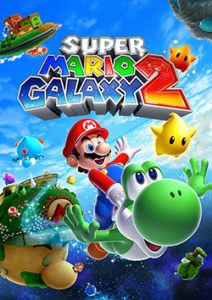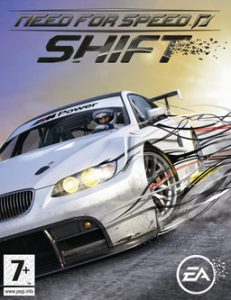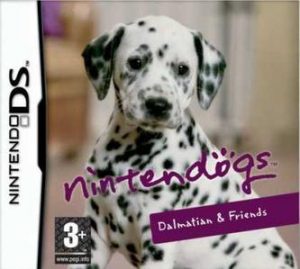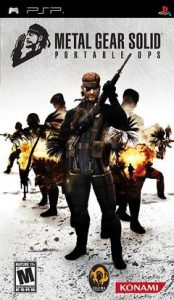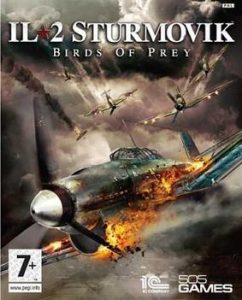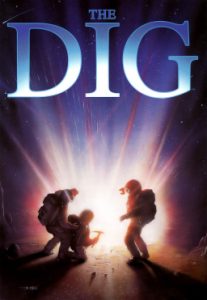1012th played so far
Genre: Management Simulation
Platform: PC
Year of Release: 2003
Developer: Maxis
Publisher: EA Games
I have held off on playing SimCity 4 for this moment. As discussed in SimCity and SimCity 2000, I enjoy the genre even if the series has been overtaken by Cities Skylines in the genre of making pretty cities that work for everyone. It’s unfortunate – as much as I do see the appeal of The Sims, Maxis’ focus on that series led to so many other interesting Sim games simply disappearing. I’d instantly buy SimFarm or SimAnt on any platform that would offer it.
The fourth entry of the SimCity series appeared after The Sims had already established itself. At the time the book was written, it was the most recent entry in the series and… well, the 2013 version was bad enough that it was as responsible for the rise of Cities Skylines as any other.
Management Simulation
The list only covers ten management simulations. While I wouldn’t claim that the genre is massive, it also feels like there should be more considering the wide range of games it covers. Although Railroad Tycoon 3 was on the list, I’ve gotten deeper into later variations on that and Transport Tycoon, such as Transport Fever. Theme Park and Rollercoaster Tycoon are great, but the predecessors of Plant Zoo add just as much.
It’s a surprisingly variable genre, that covers a lot of different options that I think has exploded since then with Infinifactory, for example, spawning its own set of games like it. Sure, they’re pretty time consuming, but I’ve loved playing the ones I have and want to deeper dive in more of them.
Our Thoughts
As a reminder of home, I decided to start somewhere familiar. One of the maps SimCity 4 comes bundled with is one of London, as a region divided up in a number of maps that you actually play on. The tutorial had prepared me quite well – it worked well enough to teach me and in particular drove home the lesson not to do everything at once, but instead to only deal with problems and requirements as they come up. I did not, of course, fully follow that as I still wanted to build pretty cities that do everything, but I was warned about it.
What helps in this system is that you can connect the different maps. While you build up each map, they connect between each other in the region,with stubs appearing for roads and railroads that cross the border. It really makes it feel like you’re working on a large area, even as you can focus on the smaller sections of the map. I didn’t dive as deep into how well these can work together – could I make one residential and the other industrial and make the two maps work together? – but it already works well enough here.
There are some nice other additions to this. You can drive vehicles around the map, not something that has much purpose, but it makes the maps a bit more alive and real. It’s a neat touch that grows the world a bit further.
Final Thoughts
While later management simulations have deepened a number of the concepts that SimCity 4 thrives on, the game actually reaches a good balance between complexity and playability. In games that go much deeper, it can be hard to keep track of all the variables, but it feels like SimCity 4 cut it off at just the right time to keep the game fun on the size and type of maps you play with. It’s still a lot of fun to play the game and worth going deeper into.
